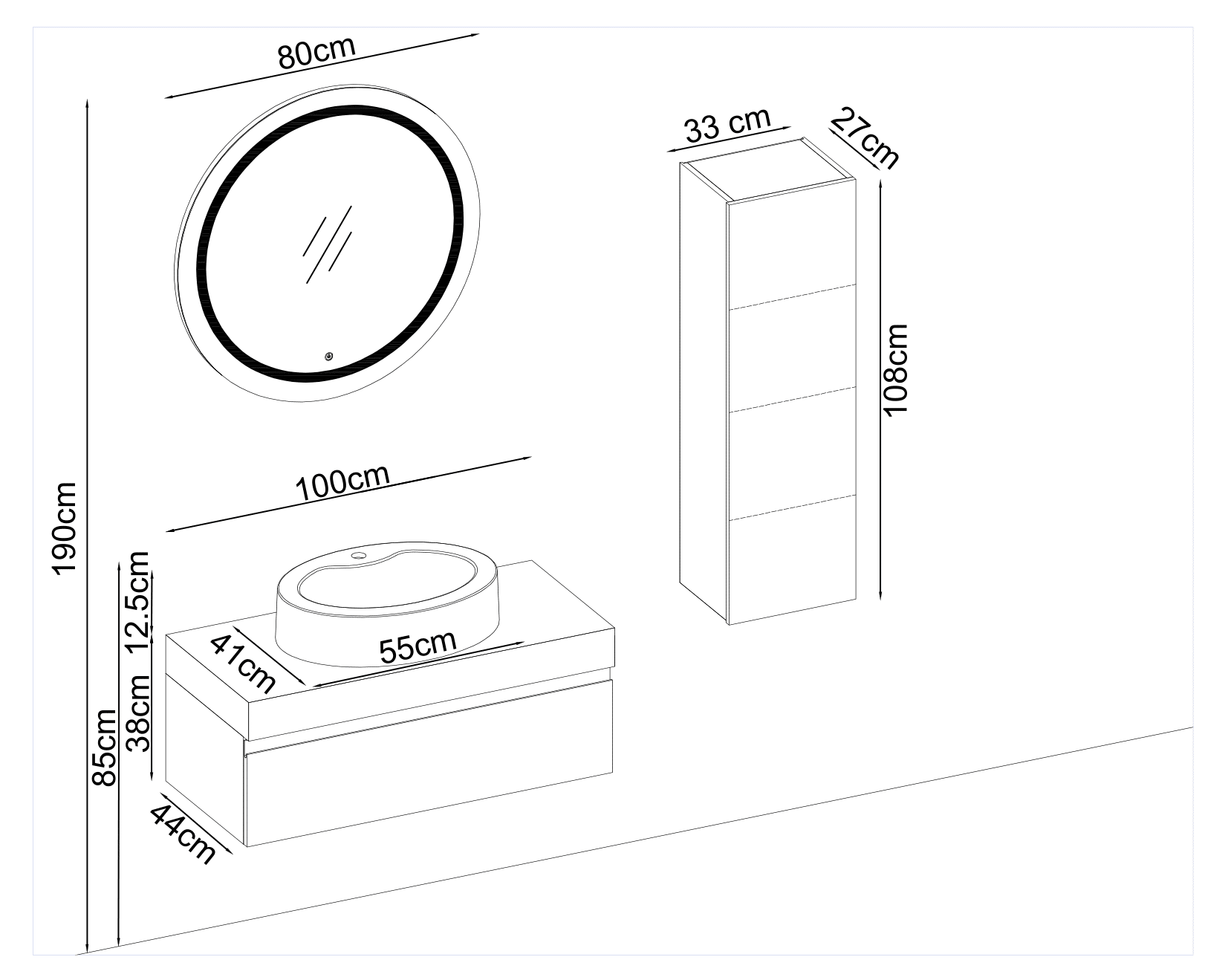
Lüks Saatler Altın Köprü Şeffaf Makineleri 316 Paslanmaz Çelik Kılıf Hakiki Deri Kayış Erkek Marka Gent Saat Switch AAA163 Yi TL10,661.98 | DHgate

2023 yeni nazik EVE yaz plaj Oval güneş gözlüğü kore marka tasarım GM kadın erkek seyahat sürücü gözlük UV400 koruma - AliExpress

Multifort Gent Gül Altın Çerçeve M005.430.22.031.80 Japonya Miyota Goad Otomatik Mens Watch Paslanmaz Çelik El 42mm Yeni Marka Izle Yi TL3,664.87 | DHgate

PAGANI TASARıM Marka Sıcak Satış 2019 İskelet Hollow Deri erkek Bilek Saatler Lüks Mekanik Erkek Saat Yeni Relogio Masculino - AliExpress

Sunfoo 27 cm Gent Style İtalya Golf Şemsiyesi, ahşap Kol -Çin Düz Şemsiye Ve Rüzgar Vent Umbrella fiyat

A-ONE -Belçika Gent Simgesi Amblem Yamaları 2 Adet + Belçika Bayrağı Metal Pin 1 Adet, Seyahat Rozeti Belçika Ghent İşlemeli Ütü Aplike Dünya Bayrağı Rozetleri No.040D, Beyaz, kırmızı, sarı, siyah : Amazon.com.tr:

Lüks Saatler Altın Köprü Şeffaf Makineleri 316 Paslanmaz Çelik Kılıf Hakiki Deri Kayış Erkek Marka Gent Saat Switch AAA163 Yi TL10,661.98 | DHgate

Multifort Gent Gül Altın Çerçeve M005.430.22.031.80 Japonya Miyota Goad Otomatik Mens Watch Paslanmaz Çelik El 42mm Yeni Marka Izle Yi TL3,664.87 | DHgate

Ghent Belçika 3D St.Baafskathedraal Buzdolabı Mıknatısı Seyahat Çıkartması Hediyelik Eşya, Ev ve Mutfak Dekorasyonu Gent Buzdolabı Magneti Çin'den : Amazon.com.tr: Mutfak


















